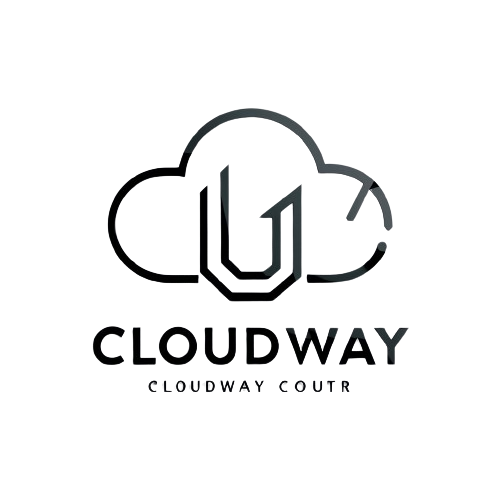Welcome to the world of website development, where art meets technology! In this digital era, having a strong online presence is crucial for businesses to thrive. And that’s where Search Engine Optimization (SEO) comes into play. Whether you’re a seasoned web developer or just starting out, mastering the art of SEO is essential to ensure your website ranks high in search engine results and attracts organic traffic.
But what exactly is SEO? In simple terms, it’s the process of optimizing your website so that it appears on top when users search for relevant keywords or phrases. Imagine having a beautifully designed website with amazing content, but no one can find it because it’s buried beneath hundreds of other websites in search engine rankings. That’s where SEO steps in – by applying various techniques and strategies, you can make your website more visible and accessible to potential visitors.
In this comprehensive guide, we will delve deep into the world of SEO in website development. We’ll explore the different elements of on-page optimization that contribute to higher search engine rankings and ultimately drive more traffic to your site. So grab a cup of coffee (or tea!) and let’s embark on this journey together as we uncover the secrets behind mastering the art of SEO!
What is SEO and why is it important?
Search Engine Optimization (SEO) is a powerful tool that plays a pivotal role in the success of any website. It involves optimizing various elements of your site to improve its visibility on search engine result pages (SERPs). But why is SEO important? Let’s dig deeper.
First and foremost, SEO helps drive organic traffic to your website. When users search for specific keywords or phrases related to your business, you want your website to show up at the top of the results. The higher you rank, the more likely users are to click through and visit your site. Increased traffic means more opportunities for conversions, whether it’s making a purchase, signing up for a newsletter, or simply engaging with your content.
Furthermore, SEO builds credibility and trust among users. Think about it – when you search for something online, do you tend to trust websites that appear on the first page of results or those buried deep within? Most likely, it’s the former. By implementing effective SEO strategies like targeted keyword optimization and quality backlink building, you can establish yourself as an authority in your industry and gain user confidence.
Moreover, investing in SEO can lead to long-term cost savings compared to other marketing methods such as paid advertising. While paid ads may generate immediate results, they require ongoing investment. On the other hand, by consistently optimizing your website for search engines using ethical practices recommended by experts like Google guidelines), you can organically increase visibility over time without continuously pouring money into ads.
In today’s competitive digital landscape where countless websites are vying for attention from potential customers or clients, ignoring SEO would be akin to shooting oneself in the foot! So if you’re serious about growing your online presence and driving relevant traffic that converts into tangible outcomes – whether sales leads or increased brand awareness – then mastering the art of SEO should be high on your priority list. Stay tuned as we dive into key aspects of on-page optimization next!
The Elements of On-Page SEO
When it comes to website development, on-page SEO plays a crucial role in driving organic traffic and improving search engine rankings. It involves optimizing various elements directly on your web pages to make them more visible and relevant to search engines.
One of the key elements of on-page SEO is keyword research. By identifying the right keywords for your content, you can create targeted and optimized web pages that align with user intent. Incorporating these keywords naturally into your page titles, headings, meta descriptions, and content helps search engines understand what your page is about.
Another important element is high-quality content. Creating valuable and engaging content not only attracts visitors but also encourages other websites to link back to yours. These inbound links signal authority and credibility to search engines, boosting your rankings.
Optimizing your URLs is also essential for on-page SEO. Using descriptive URLs that include relevant keywords improves both user experience and search engine visibility.
The use of proper heading tags (H1-H6) helps structure your content in a way that makes it easier for users and search engines alike to navigate through the page’s hierarchy of information.
In addition, optimizing image alt text by using concise descriptions with relevant keywords enables visually impaired users as well as search engine crawlers to understand what the images represent.
Don’t forget about internal linking within your website! Linking related pages together helps both users and search engines discover more of your valuable content while signaling relevance across different sections of your site.
By mastering these elements of on-page SEO in website development, you can enhance visibility in search results leading to increased organic traffic and better overall performance for your website.


